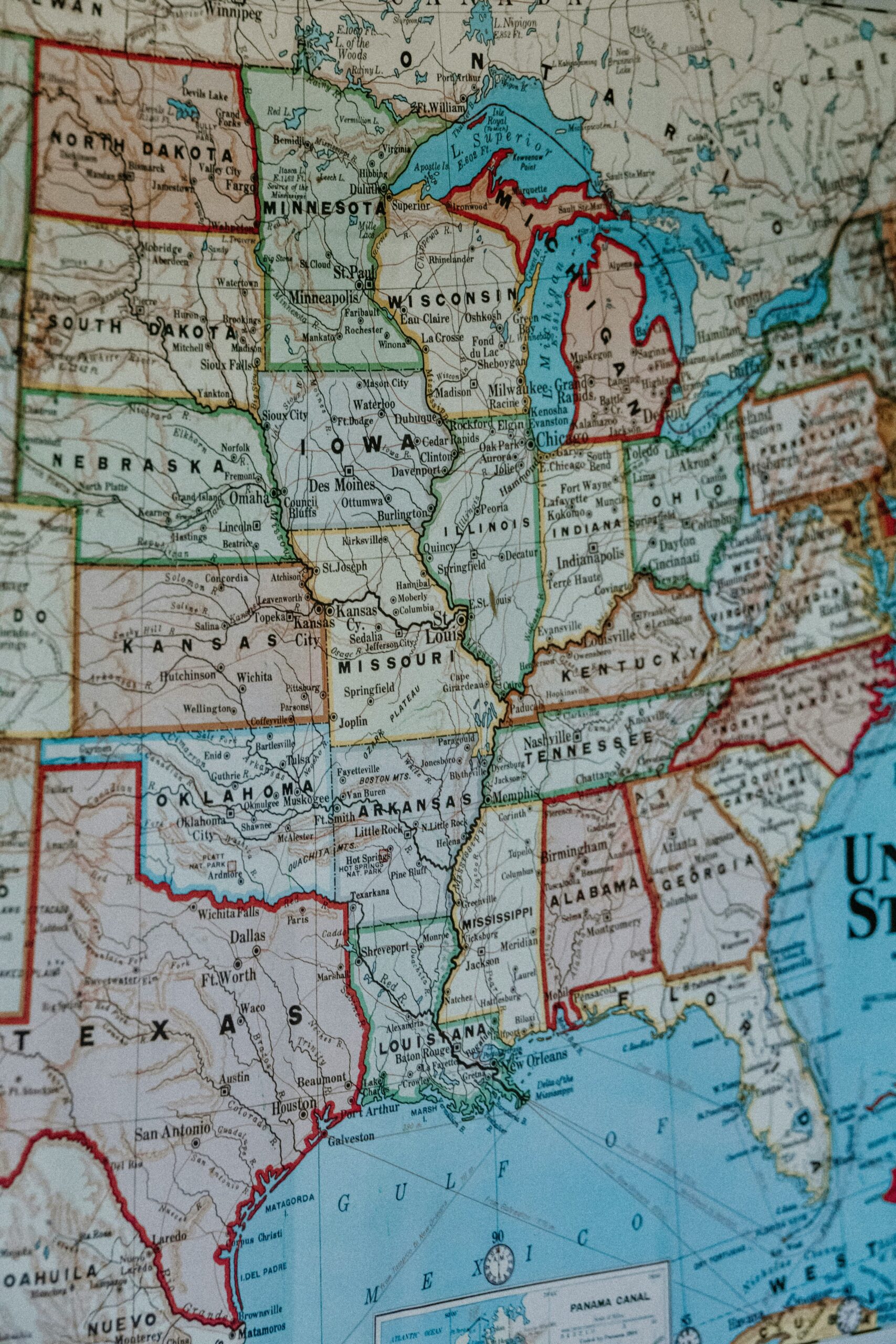Pacific West
The Pacific West includes the states of Alaska, California, Hawaii, Oregon, and Washington. All 5 states in the region have regulated cannabis markets, with all but Hawaii offering regulated access to adult-use cannabis.
Alaska
Alaska legalized and regulated cannabis for medical use in 1998 and commenced adult use sales in 2016.
While the final totals are expected in February, 2024 data from the Alaska Department of Revenue indicates that Alaska consumers purchased over 60,000 lbs worth of cannabis products from the regulated market. Notably, around 52,000 lbs of this was immature, seeded, or trim material likely sold into the production chain for processing into edibles and concentrates. With an adult population of around 555,000, that’s around 1/10oz of cannabis biomass per individual adult in the state.
As noted above, biomass significantly outweighs finished buds in terms of wholesale transactions in Alaska, but this hasn’t always been the case. While the market for legal flower peaked, as with most legal markets, during the COVID-19 pandemic, wholesale flower sales have been steadily decreasing while sales of immature or failed material and trim have steadily increased since the adult-use program began sales in 2016. This suggests a significant shift toward processed cannabis products such as edibles and vapes for Alaskans as their market has matured and stabilized.
In 2024, Alaska increased transfer limits on genetic materials, increased the height at which plants must be tagged, clarified requirements for overlapping premises with varying uses, reduced certain requirements related to on-site consumption premises, while increasing certain security-related requirements for pick-up windows. A number of additional regulatory changes have been proposed with comment periods that ended in early 2025.
California
California legalized and regulated cannabis for medical use in 1996 and for adult use in 2016.
2024 data from the California Department of Cannabis Control is expected any day now. Initial data from the state indicates that California consumers likely purchased roughly $240 million and $4.4 billion worth of cannabis products from the medical and adult-use market respectively, for combined sales of $4.65 billion. With a state population of 39,242,785, that’s roughly $118.49 per individual in the state.
Over the course of 2024, California continued the trend of declining sales going back to 2021. This trend was predominantly driven by declining sales in the most popular categories— flower and vapes. On the upside, the pre-roll and edible categories approached all-time highs, while concentrates remained fairly stable, reversing the recent trend of individuals switching from this category to vaporizers en-masse in the earlier days of adult-use markets.
Hawaii
Hawaii legalized and regulated cannabis for medical use in August 2017. Hawaii does not have a regulated adult-use market.
The Hawaii Medical Cannabis Registry Program does not make sales data available. However, the number of patients in the program has continued to decline, dropping roughly -6% year over year from December 2023 to December 2024, indicating that limitations on access in Aloha State may be leading to demand destruction seen in other similar markets.
Oregon
Oregon legalized cannabis for medical use in 1998 and for adult use in 2014. Adult-use sales commenced in October 2015.
2024 data from the Oregon Liquor and Cannabis Commission indicates that Oregon consumers purchased $0.96 Billion worth of cannabis products from the combined medical, adult-use, and hemp markets, representing a marginal increase from 2023. With an estimated 2024 state population of roughly 4.27 Million people, that’s $224.82 in annual cannabis spend per individual in the state, or about $815.00 for each estimated adult prior-year consumer of cannabis in 2024.
Though not nearly as dramatic as the plunge in prices from 2017 through 2019, retail prices for cannabis flower fell by approximately 10% in 2024, from roughly $3.90 a gram in the spring to $3.51 by December 2024. By contrast, prices for concentrates in Oregon have remained remarkably stable since the later part of 2022; declining by only 1% over the course of the year from $16 to $15.83 per gram.
Despite the ever-looming threat of price compression, the combination of fairly stable overall sales with a 10% dip in prices for the ever-dominant flower category indicates that demand for cannabis continues to grow in Oregon.
Significant developments in Oregon’s program in 2024 include the rollout of a new licensing system, ‘CAMP’ in the spring, regulatory changes to provide new plant tagging options for licensees in the summer, and the passage and implementation of Ballot Measure 119. Beginning December 2024 all licensees must provide the OLCC with a signed labor peace agreement or attestation prior to licensure or renewal.
Washington
The State of Washington, despite being known as one of the earliest adopters of adult-use cannabis (sales commencing in July 2014), has had a rocky relationship with cannabis legalization. Formal medical legalization began later in Washington, with medical endorsements for existing retail stores — up to 53% of the state’s stores by 2024 — only beginning in July of 2016.
While data from calendar year 2024 is still forthcoming, data from fiscal year 2024 shows a continued decline in Washington’s cannabis sales, though the decline is much less dramatic than in past years.
Like in many states, the decline in overall revenues contrasts sharply with an apparent increase in both the number of individuals consuming cannabis, and the frequency with which they consume.

